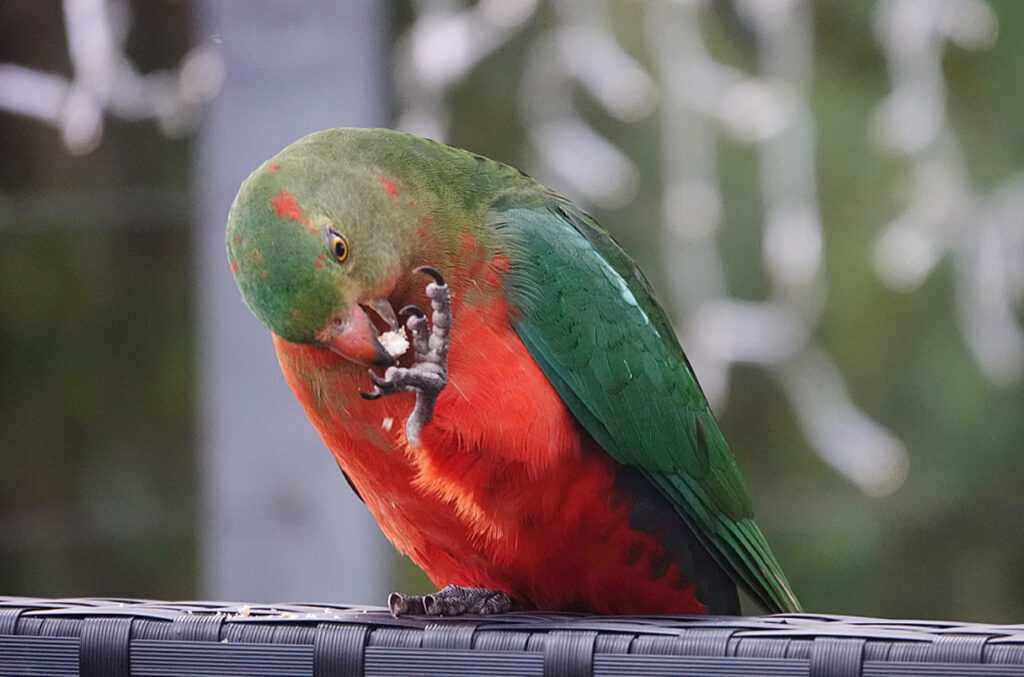Without hands, some birds wing it with their feet

“Remarkable” dexterity in feet may have evolved from living in trees
For the ability to soar among the clouds,pakistans-debt-liabilities-soar-to-rs-56-21-trillion-in-fy23/ made an evolutionary compromise: When their forelimbs became wings, they no longer had the option of using those limbs to eat, build homes, and care for their young. Many species opted to use their beak for those tasks instead. But some birds also evolved to be “pedal dexterous”—able to accomplish with their feet tasks that other animals undertake with nimble hands. Now, researchers have finally discovered where that handy trait got its roots: in a common ancestor of parrots and raptors that lived in trees more than 60 million years ago.
The research, oday in Communications Biology, shows that nature found “a remarkable end-around,” says Stephen Brusatte, a paleontologist at the University of Edinburgh who wasn’t involved in the study, “Evolution [has] molded the feet of birds into multipurpose tools that … almost become pseudohands,” he says.
Cristián Gutiérrez-Ibáñez, a neurobiologist and bird researcher at the University of Alberta and lead author of the study, had initially planned to track down the origins of pedal dexterity in birds by observing and comparing multiple species in captivity. But then COVID-19 struck, and campus lockdowns made that impossible. So, he and colleagues turned to the plethora of amateur and professional bird images available on social media and in online repositories. “People really love taking pictures of birds,” he says.
Sifting through the millions of media files, the team selected 3725 images of 1054 species using their feet to manipulate objects, such as a spotted owlet biting off a mantis’ head and a hyacinth macaw nibbling on a palm nut. Next, they plotted those behaviors onto evolutionary trees and found that the common ancestor of all these dexterous species was an early example of a clade of tree-dwelling birds. The clade—called the Telluraves—includes parrots, falcons, owls, and songbirds and began to diversify shortly after the mass extinction event that wiped out the dinosaurs 66 million years ago.
Because this clade of birds evolved to live in trees, the researchers suspect that its ancient ancestor may have first evolved primitive grasping skills in its feet in order to help it hold on to tree branches, Gutiérrez-Ibáñez says. As tree dwellers, early Telluraves certainly had long, backward-facing toes—just like many modern tree-dwelling bird species—that would have worked like opposable thumbs for grasping, as well as toe tendons that could have helped it grip with greater force. “The idea is that evolution into the trees facilitated the evolution of foot use, because now you have this sort of machinery that allows you to do it,” Gutiérrez-Ibáñez says.
Later, some birds evolved more advanced foot-use skills, such as the ability to trap, grasp, and lift objects. That happened at least 20 times in different lines of that bird’s descendants, according to the study.






Responses